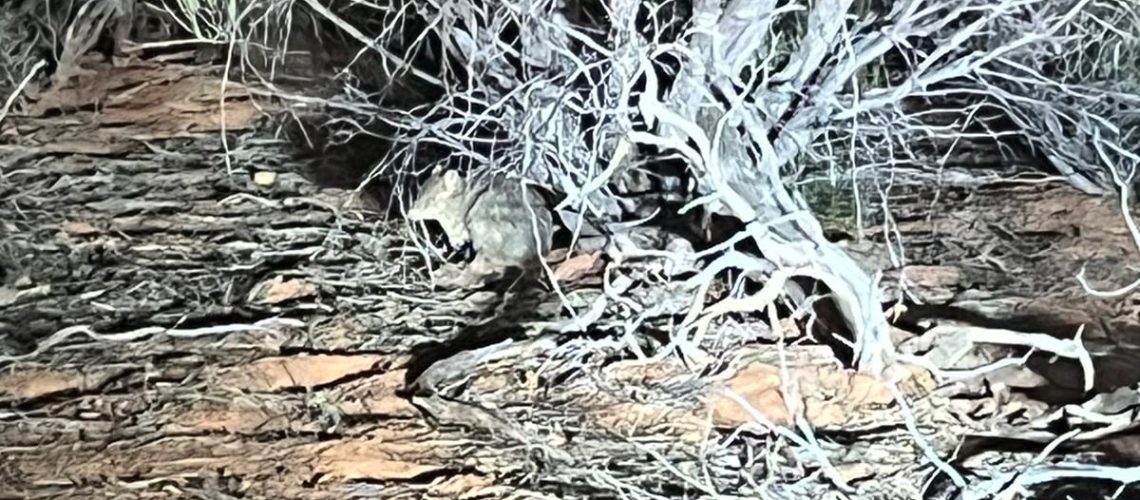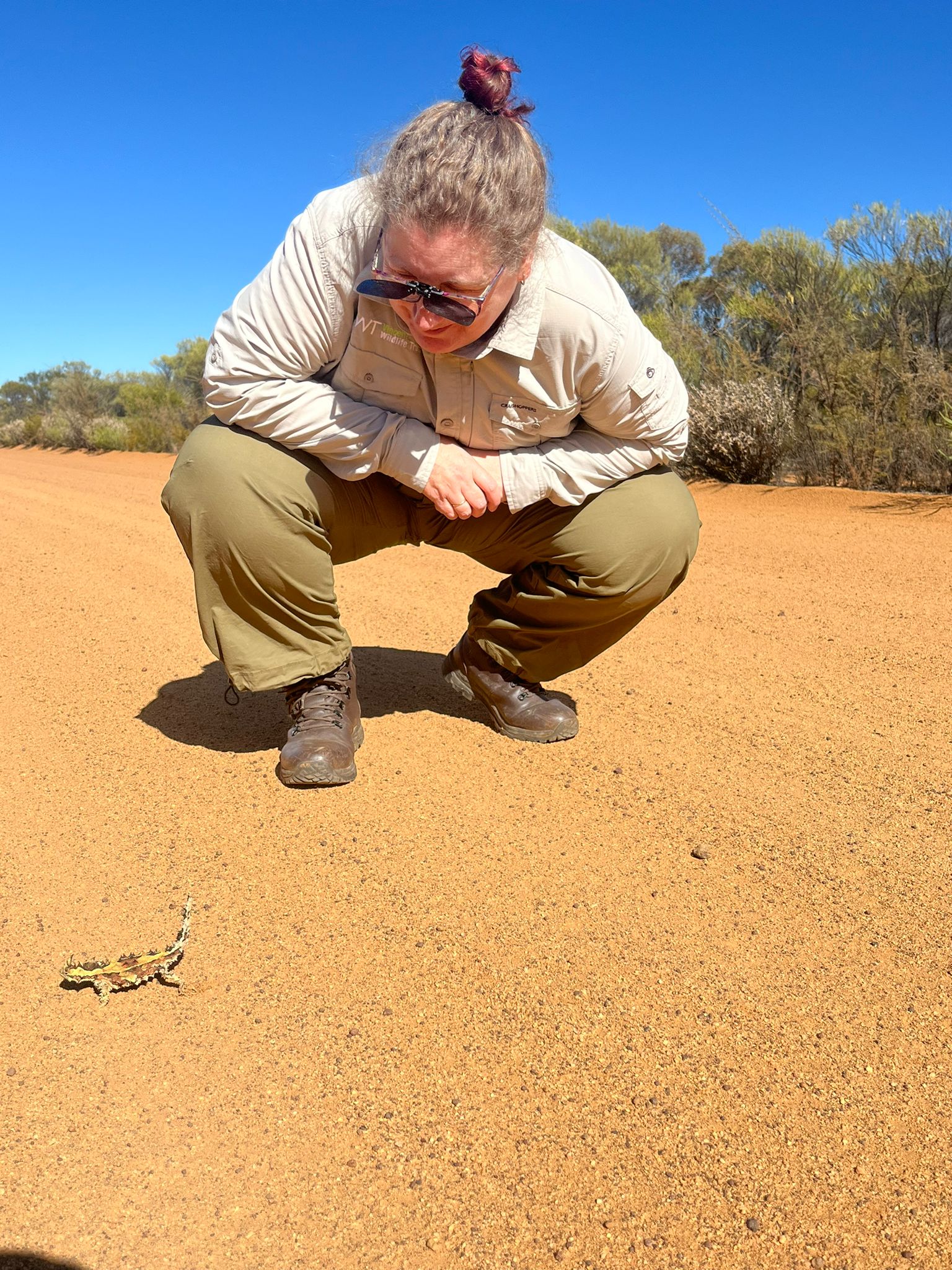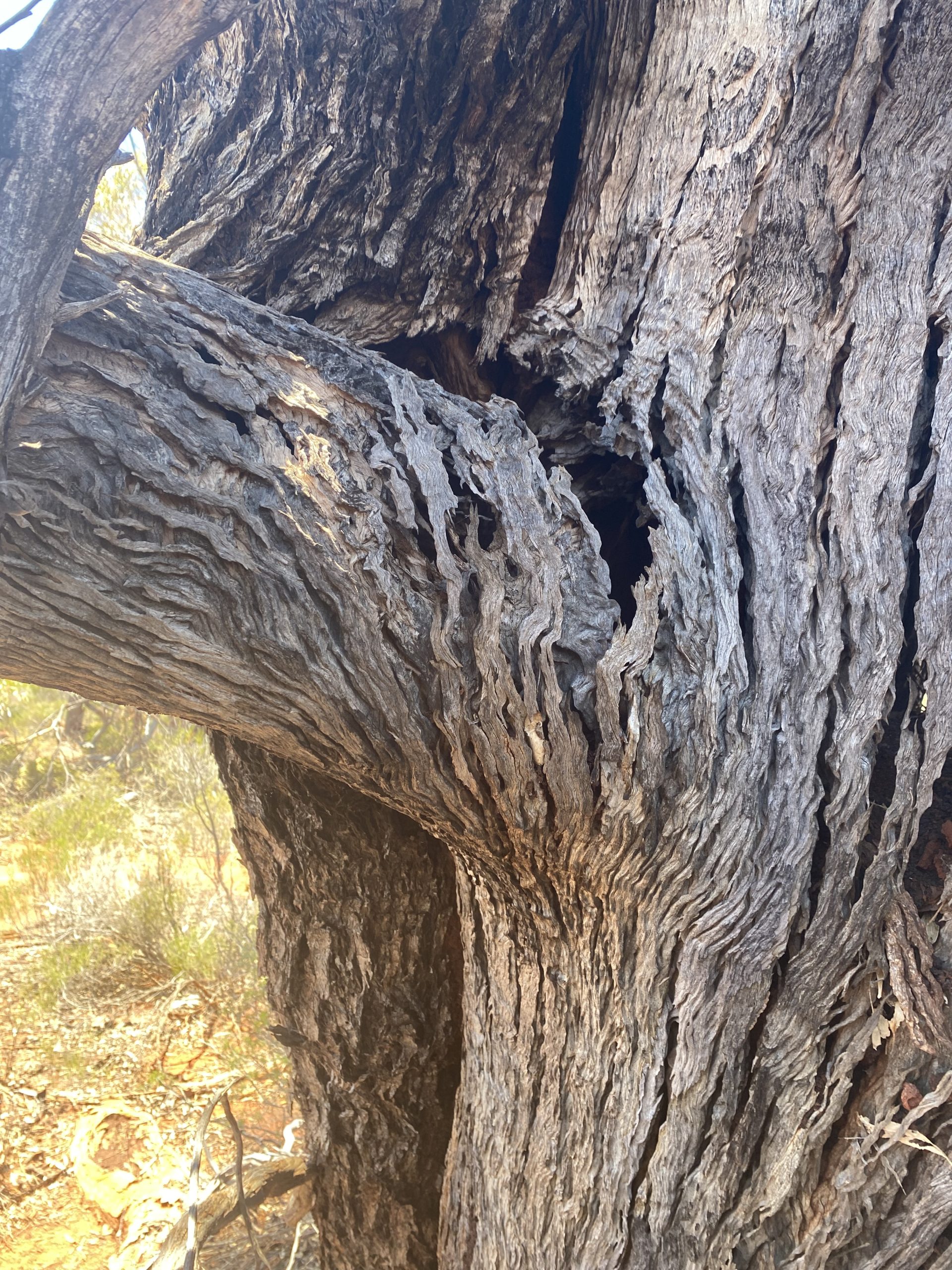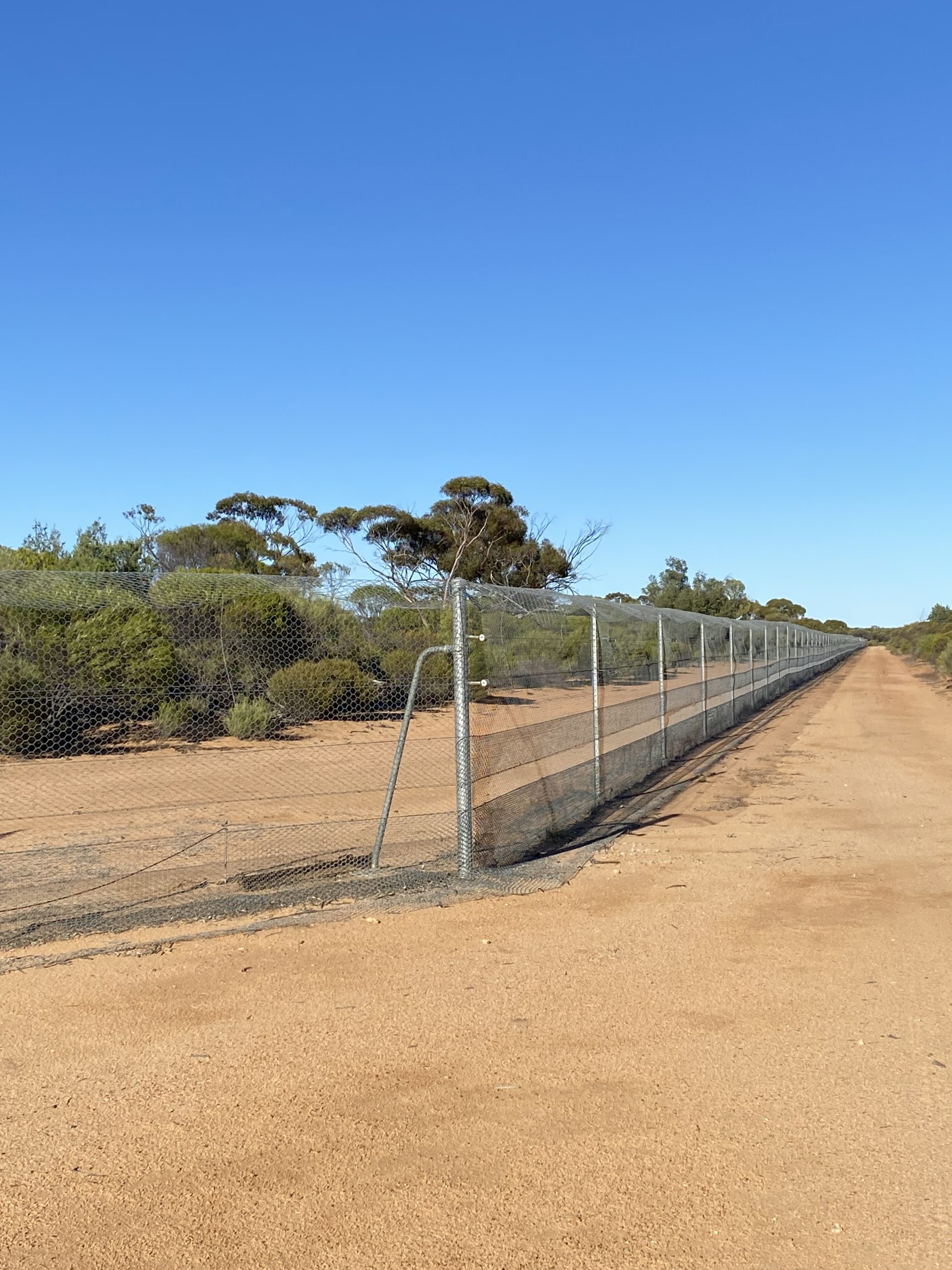
Towards the end of 2023 I was fortunate to have the opportunity to represent VWT at an international conference in Western Australia. As part of my role at VWT, I oversee all our work on conservation translocations and reintroductions. Notably, in recent years, this has included returning pine martens to Wales, as well as research into different aspects of reintroducing wildcats to southern Britain, European mink to the southern Carpathians in Romania and Eurasian lynx to Scotland. Best practice guidance for conservation translocations has been developed by practitioners like ourselves over many years, and this is published by the snappily named Conservation Translocation Specialist Group (CTSG) of the International Union for the Conservation of Nature (IUCN).

A thorny devil — an endemic species of lizard
The CTSG also organises an international conference every few years where we can share experiences, skills and information on the huge range of species restoration projects around the world. In 2023 this included beavers in Scotland, the Houbara bustard in north Africa, the northern Leopard frog in Canada as well as reintroductions of a number of Australian animals, several of which, I must confess, I had to google. As a mammal biologist whose work over the years has mainly focused on European species, I had never come across the greater bilby (Macrotis lagotis), greater stick nest rat (Leporillus conditor) or the woylie (Bettongia penicillate ogilbyi) before. However, that was soon to change.
Following on from the conference in Fremantle, I had arranged to visit and volunteer for a few days at Mount Gibson, one of the wildlife reserves owned and managed by the Australian Wildlife Conservancy (AWC). AWC has carried out an ambitious project to reintroduce ten native species to Mount Gibson Sanctuary, the largest number of species ever restored to a single conservation site in Australia. This included the three species I had to look up online, as well as the western quoll (Dasyurus geoffroii) and numbat (Myrmecobius fasciatus), among others.
After a six-hour drive north from Perth, along the extremely long straight road of the Great Northern Highway accompanied only by the occasional road train, I arrived at the vast 132,000-hectare reserve. It then took a further hour to drive down the track to the research station at the centre where I was welcomed by the reserve staff. After an initial safety briefing, which covered bush fires, snake bites and how to call the flying doctor, it was off to the volunteer accommodation to settle in before heading out that evening to check quoll traps.
The western quoll, also known as the Chuditch, is a solitary, marsupial predator once found across most of the Australian mainland but now, largely due to predation by introduced foxes, very much restricted to the southwest of Western Australia. Western quolls are the same sort of size as our pine martens (males about 1.3kg and females 0.9kg) and are similarly generalist predators, taking large invertebrates and a variety of reptiles, birds and small mammals. In total, 34 western quolls were reintroduced to Mount Gibson in 2023.

Western quolls like to den in tree cavities
While I was there, we went out during the day to track some of the radio-collared animals and locate their den sites. Like pine martens, they are mainly nocturnal, denning in tree hollows or burrows during the day. It was interesting to get in close where possible and see the types of den sites used by quolls. However, some animals proved trickier to find from the ground and so I watched as one of the reserve ecologists expertly put up a specially-adapted drone to search for and locate some of the more wide-ranging individuals.
Quolls (also in common with pine martens) have quite large home ranges relative to their size. In Western Australia the fiercely defended territories of females can be up to 120 hectares and males are much larger (around 1500 hectares), overlapping those of females. In a further parallel with VWT’s pine marten projects, camera trap images are also used to monitor the quolls, using their individual spot patterns for identification in the same way that we use each pine marten’s unique bib pattern.

The fenced section of the reserve protects against non-native foxes and feral cats
Whilst the quolls have free range over most of the reserve, the more vulnerable prey species were released inside a protected area surrounded by 43km of secure predator proof fence to keep out the non-native foxes and feral cats that have decimated many of their populations in the wild. On my last evening at Mount Gibson, in addition to finally seeing my first wild kangaroo, I was able to go inside the fenced area and watch the nocturnal woylies, bilbies and ‘stickies’ (stick nest rats) out foraging. It was a privilege to observe these animals and appreciate the enormous efforts being put into their conservation and the achievement of bringing them back.
Jenny MacPherson — VWT’s Principal Scientist
With huge thanks to Robin, Salvatore, Georgina, Amanda and the Australian Wildlife Conservancy for my stay at Mount Gibson.